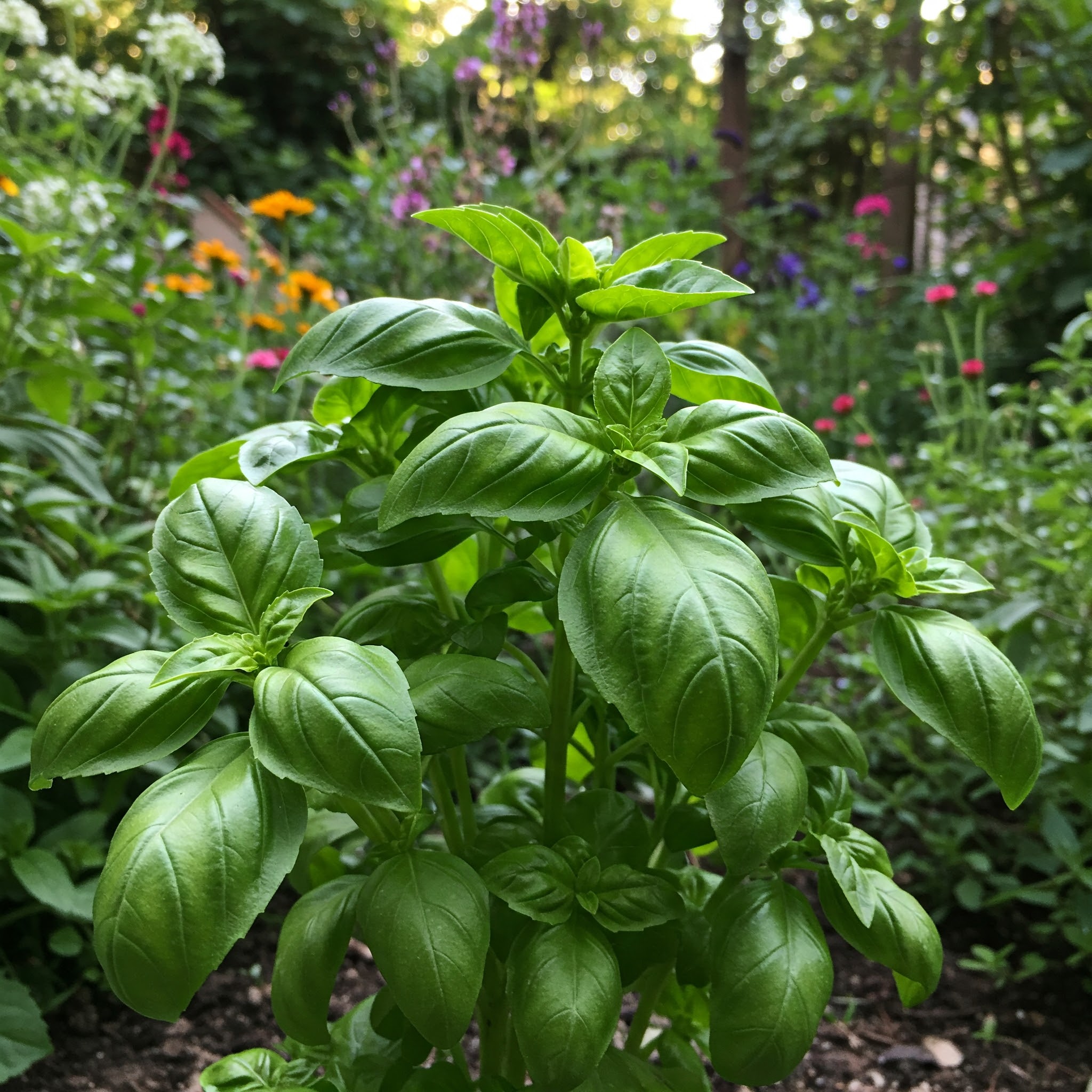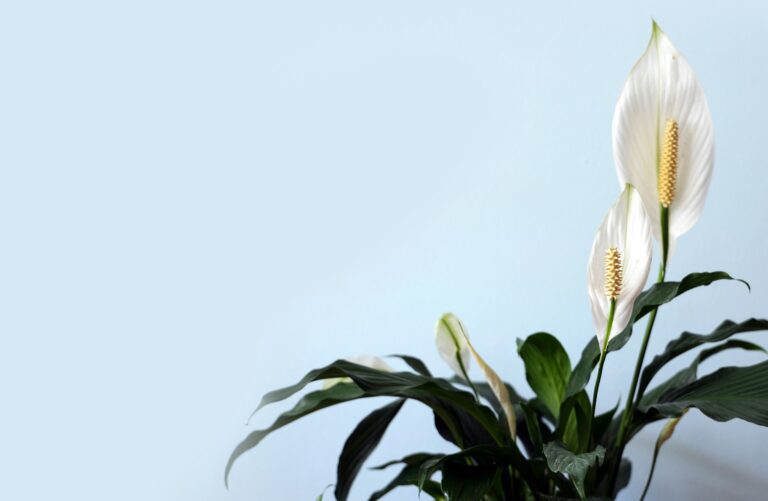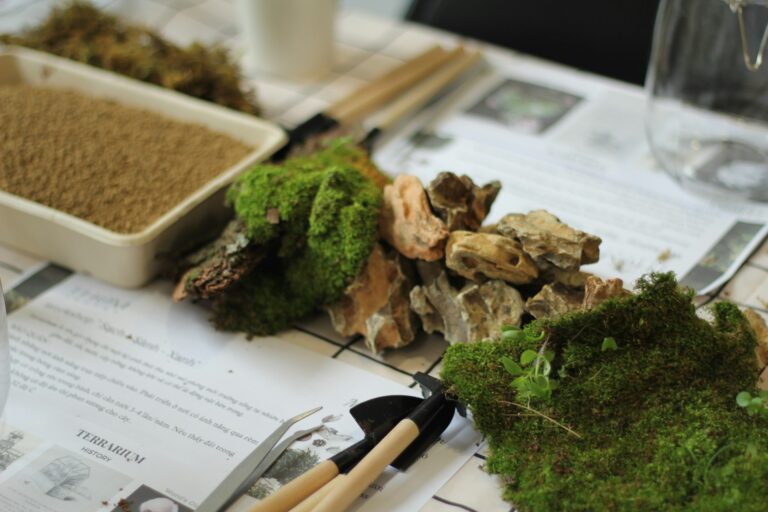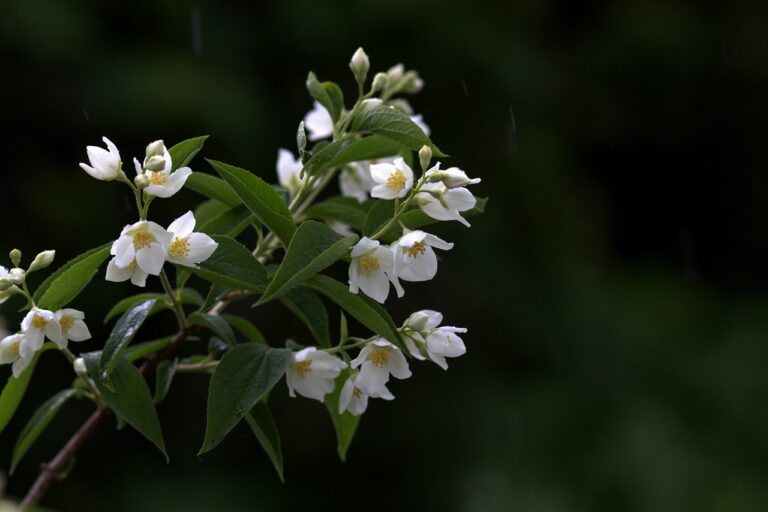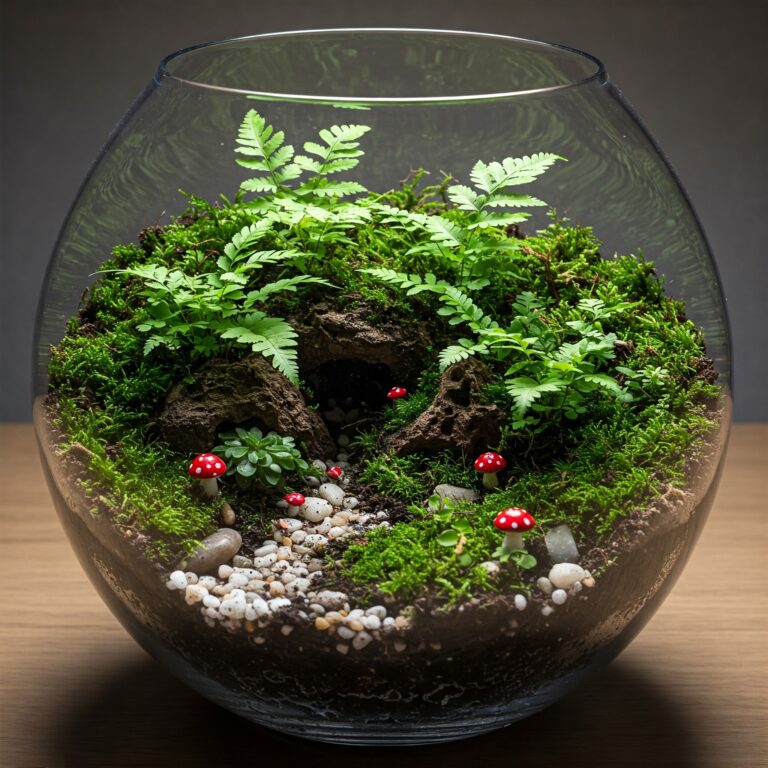If you love fresh herbs in your kitchen, growing basil outdoors is one of the most rewarding gardening experiences you can have. Whether you’re planting basil in a garden bed or containers, the key to thriving basil plants lies in proper care. I’ve grown basil outdoors for years, and through trial and error, I’ve learned exactly what works best. In this guide, I’ll walk you through how to grow and care for basil outdoors so you can enjoy a continuous supply of fresh, fragrant leaves.
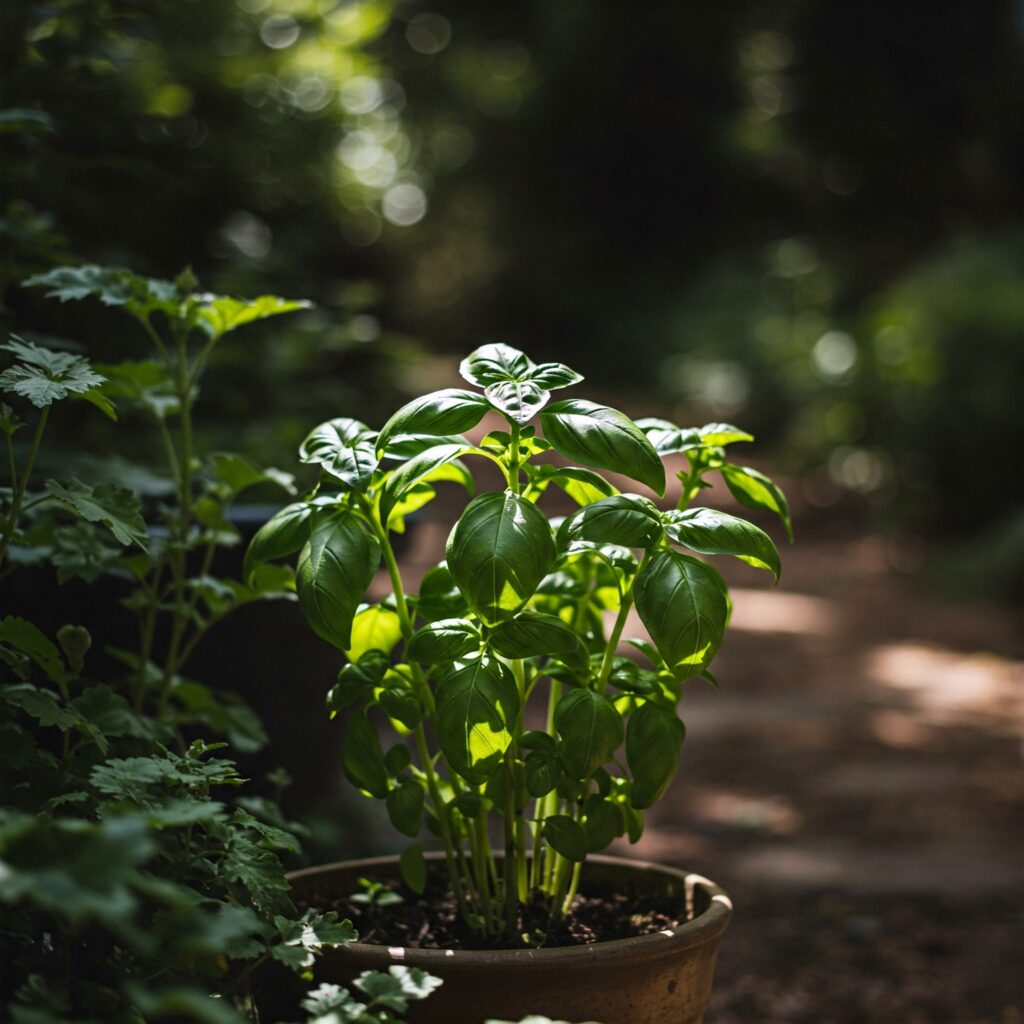
Tips to care for basil plants outdoors
Choosing the Right Location
Basil thrives in warm, sunny conditions, so picking the right spot is crucial. The most important factor is sunlight. Basil requires at least six to eight hours of direct sunlight every day. If planted in a shady area, it will grow leggy and produce fewer leaves, making it less productive for your kitchen needs.
Soil quality is another crucial factor. Basil prefers well-draining soil with a loose, loamy texture that allows its roots to breathe. If your garden soil tends to hold too much moisture, you can improve its drainage by mixing in sand, perlite, or compost. This will prevent water from pooling around the roots, which can lead to root rot and other fungal diseases.
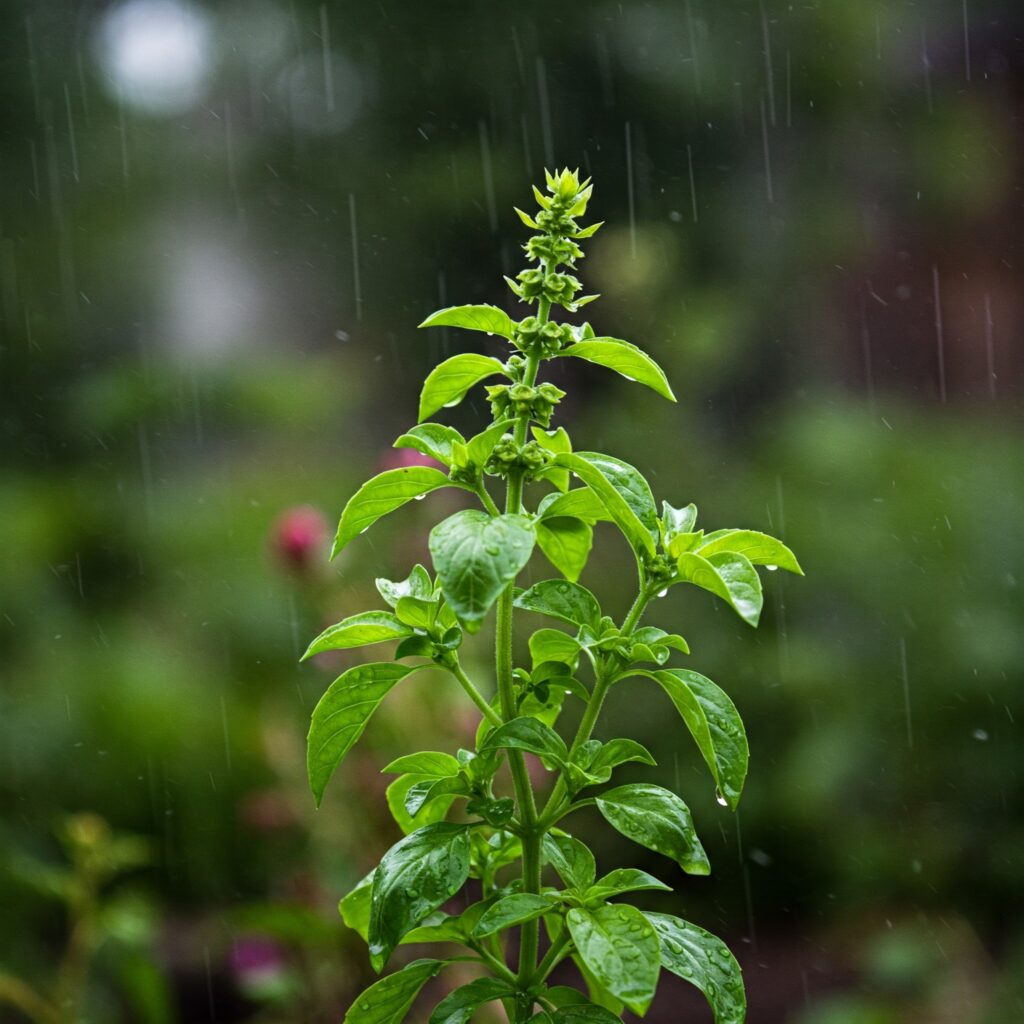
Additionally, basil plants are somewhat delicate and can be affected by strong winds. While they benefit from a gentle breeze, which helps strengthen their stems, excessive wind can dry out the soil quickly and cause damage to the plant. If your garden is exposed to heavy winds, consider planting basil near a fence, wall, or taller plants that can serve as a windbreak.
Planting Basil Outdoors
You can start basil either from seeds or from transplants, and both methods have their advantages.
Planting from Seeds
If you’re starting basil from seeds, the best time to sow them directly into the garden is after the last frost, when nighttime temperatures remain above 50°F (10°C). Cold temperatures can stunt basil’s growth or even kill young seedlings, so timing is crucial.
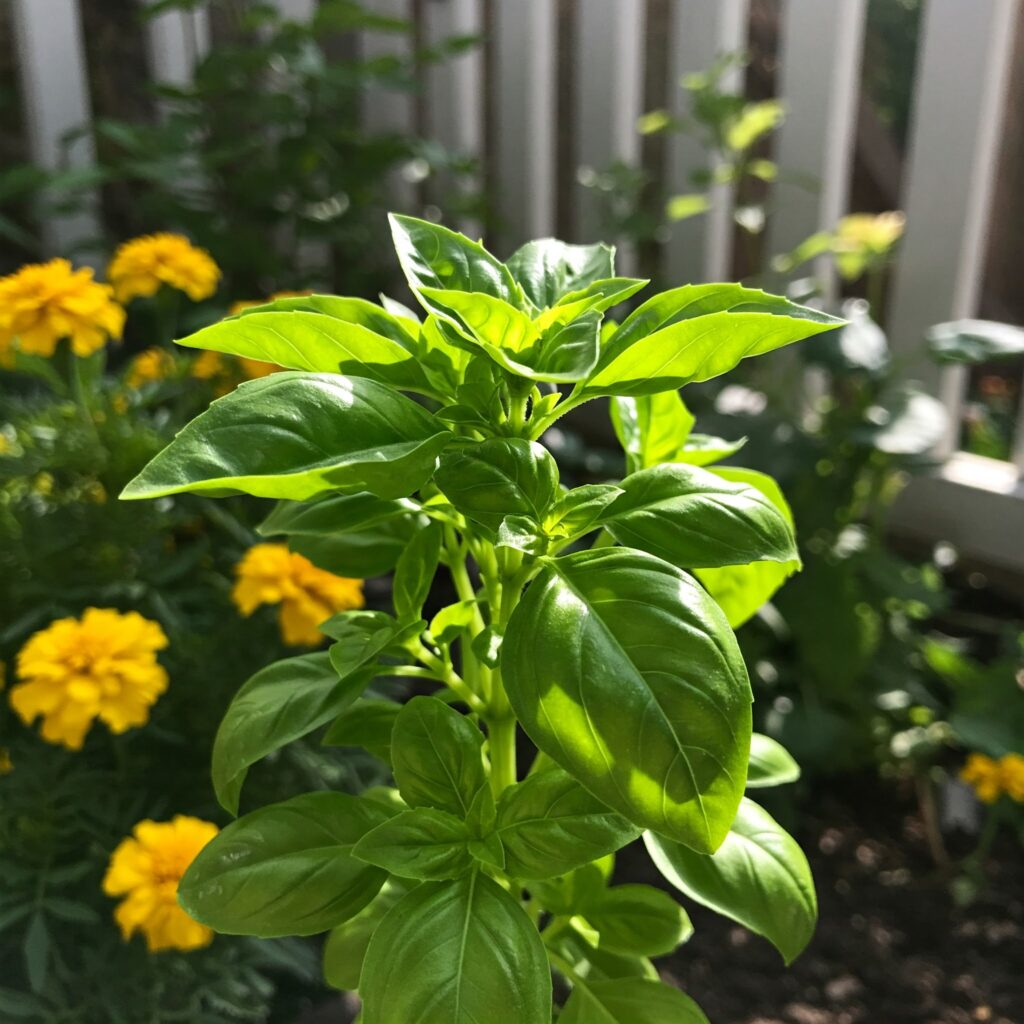
When sowing seeds, plant them about a quarter inch deep into the soil, spacing them about two inches apart. Keep the soil consistently moist but not waterlogged, as excessive moisture can cause seeds to rot before they germinate. In about five to ten days, you should start seeing tiny green sprouts pushing through the soil.
Once these seedlings have developed a couple of sets of true leaves, thin them out to ensure that each basil plant has at least eight to twelve inches of space to grow. This spacing allows the plants to spread out and receive adequate air circulation, reducing the risk of fungal infections.
Planting from Transplants
If you’re using transplants, which are young basil plants started indoors or purchased from a nursery, make sure to harden them off before planting them in your garden. Hardening off means gradually exposing the plants to outdoor conditions over the course of a week. This helps them adjust to the sunlight, temperature variations, and wind, preventing transplant shock.
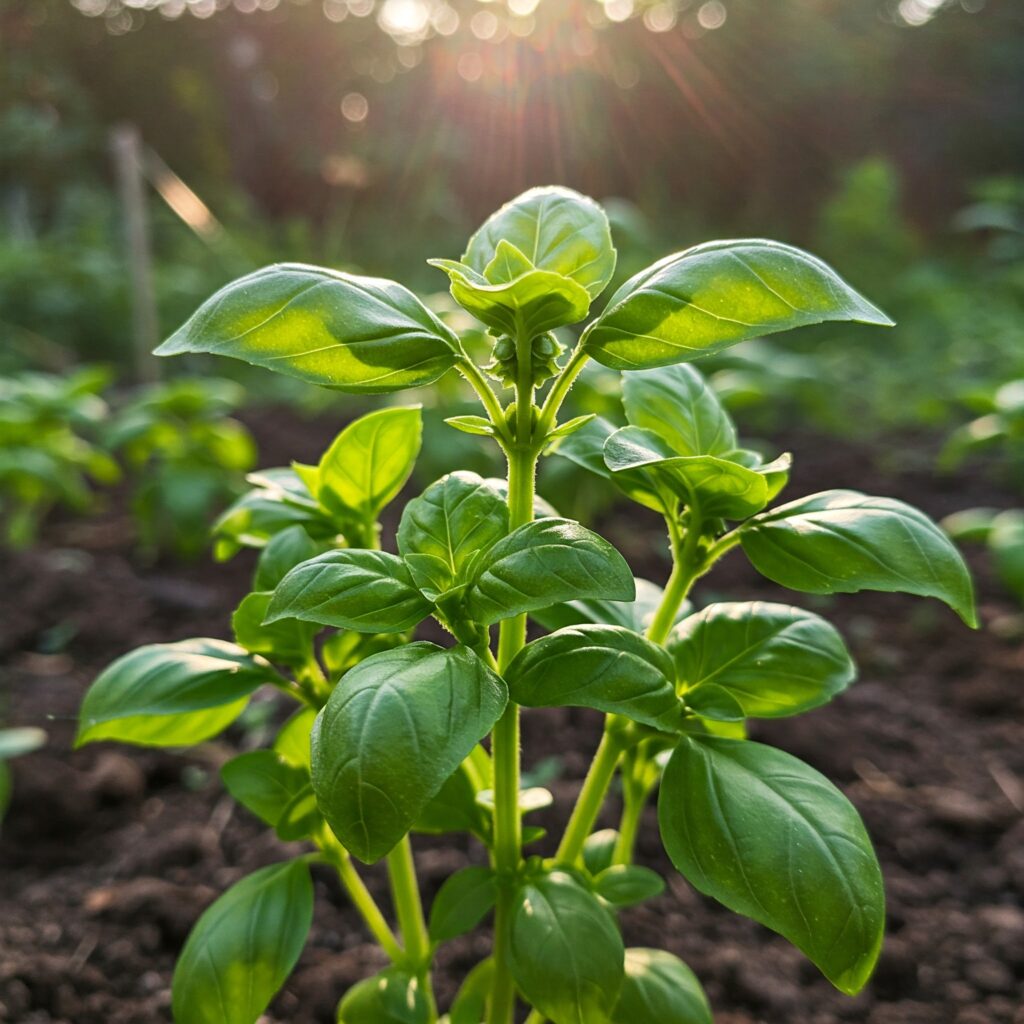
To plant, dig a hole slightly larger than the root ball of the basil plant and set it in at the same depth as it was growing in its container. Press the soil around the base of the plant gently and water thoroughly to help the roots establish themselves. Space each transplant about ten to twelve inches apart to allow room for growth and proper airflow.
Watering Basil the Right Way
Basil loves moisture, but overwatering is one of the most common mistakes gardeners make. The key is to maintain even soil moisture without letting the plant sit in soggy conditions.
Water your basil deeply about one to two times per week, depending on the weather and soil conditions. If you’re in a particularly hot or dry climate, you may need to water more frequently. The best time to water basil is in the morning so the plant has time to absorb moisture before the heat of the day evaporates it. This also allows the leaves to dry out before nightfall, reducing the risk of fungal diseases like powdery mildew.
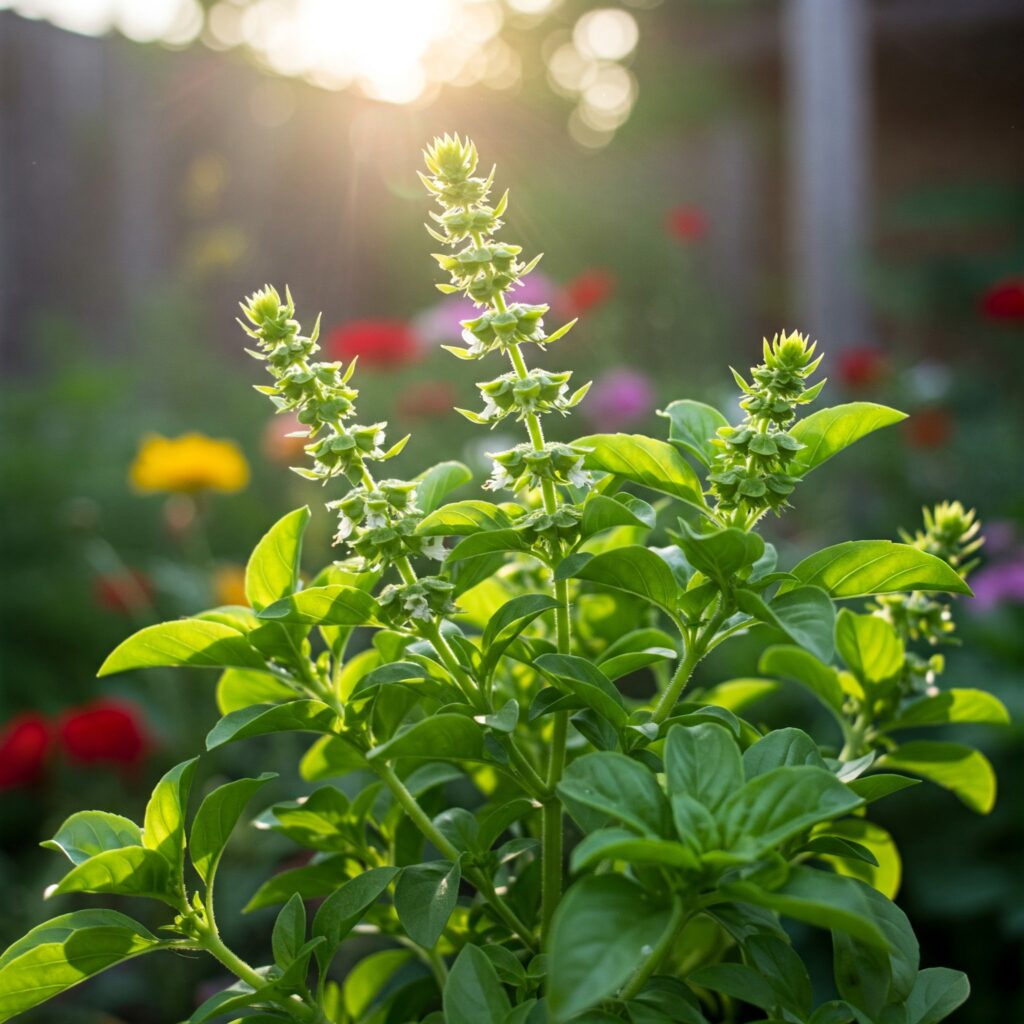
For those growing basil in containers, be extra vigilant, as pots tend to dry out faster than garden beds. Check the soil with your finger—if the top inch feels dry, it’s time to water. To help retain moisture and reduce the frequency of watering, consider applying a layer of mulch, such as straw or bark, around the base of your plants.
Fertilizing for Lush Growth
Basil is not a heavy feeder, but occasional fertilizing can help keep it healthy and productive. A balanced organic fertilizer, such as a 10-10-10 blend, applied every three to four weeks will provide the necessary nutrients without overwhelming the plant.
Be cautious with fertilizers high in nitrogen. While nitrogen promotes leaf growth, too much of it can result in lush but flavorless basil. If you prefer an organic approach, compost tea, fish emulsion, or a diluted seaweed extract can provide a steady and natural source of nutrients.
Pruning and Harvesting for Maximum Yield
Regular harvesting is one of the best ways to encourage bushy basil plants that produce fresh leaves throughout the growing season. If left unpruned, basil tends to grow tall and leggy, reducing its overall yield.
Begin pruning when your basil reaches about six inches in height. Pinch off the top two sets of leaves just above a pair of healthy leaves lower down on the stem. This encourages the plant to branch out, leading to a fuller and more productive plant.

Never harvest more than one-third of the plant at a time to avoid stressing it. Focus on harvesting the leaves from the top rather than the lower leaves, as this keeps the plant growing strong. Also, be sure to remove any flower buds as soon as they appear. Once basil begins to flower, the leaves lose some of their flavor and become slightly bitter. By regularly pinching off flowers, you can extend the plant’s productive life.
Dealing with Pests and Diseases
Basil is relatively easy to grow, but it is still susceptible to pests and diseases.
Common pests include aphids and whiteflies, which feed on the sap of the leaves, causing them to wilt. If you notice these pests, try spraying your plants with a mixture of water and a few drops of dish soap or use neem oil as a natural insecticide.
Slugs and snails can also be problematic, especially in damp conditions. To deter them, scatter crushed eggshells or diatomaceous earth around your basil plants. These act as physical barriers that pests find difficult to crawl over.
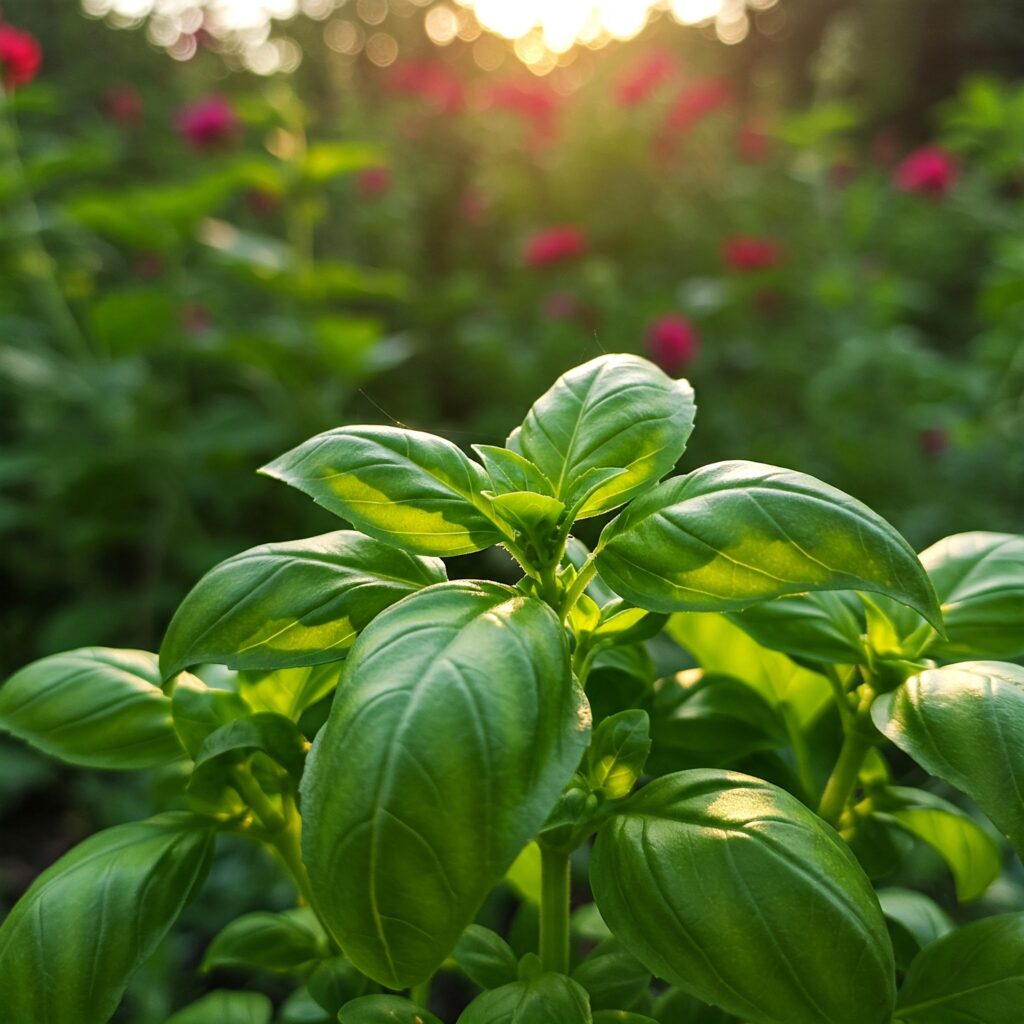
Fungal diseases like powdery mildew can develop if the leaves remain wet for too long. To prevent this, avoid overhead watering and make sure there is enough space between plants for proper air circulation. If mildew does appear, remove affected leaves and apply a natural fungicide like a mixture of baking soda and water.
Extending the Growing Season
If you want to keep your basil producing for as long as possible, there are a few tricks to extend the growing season. If a sudden drop in temperature is expected, covering your plants with row covers can help protect them from cold damage.
Alternatively, you can take cuttings from your basil before the first frost and root them indoors in a glass of water. This way, you can have fresh basil growing inside throughout the winter. Another option is to grow basil in containers, allowing you to move the plants indoors when the temperature drops.
Conclusion
Caring for basil outdoors isn’t complicated, but it does require attention to detail. If you provide plenty of sunlight, water wisely, prune regularly, and keep pests at bay, your basil plants will thrive all season long. Whether you’re using fresh basil in pasta, pesto, or salads, growing your own means you’ll always have a flavorful supply right outside your door. Happy gardening!
